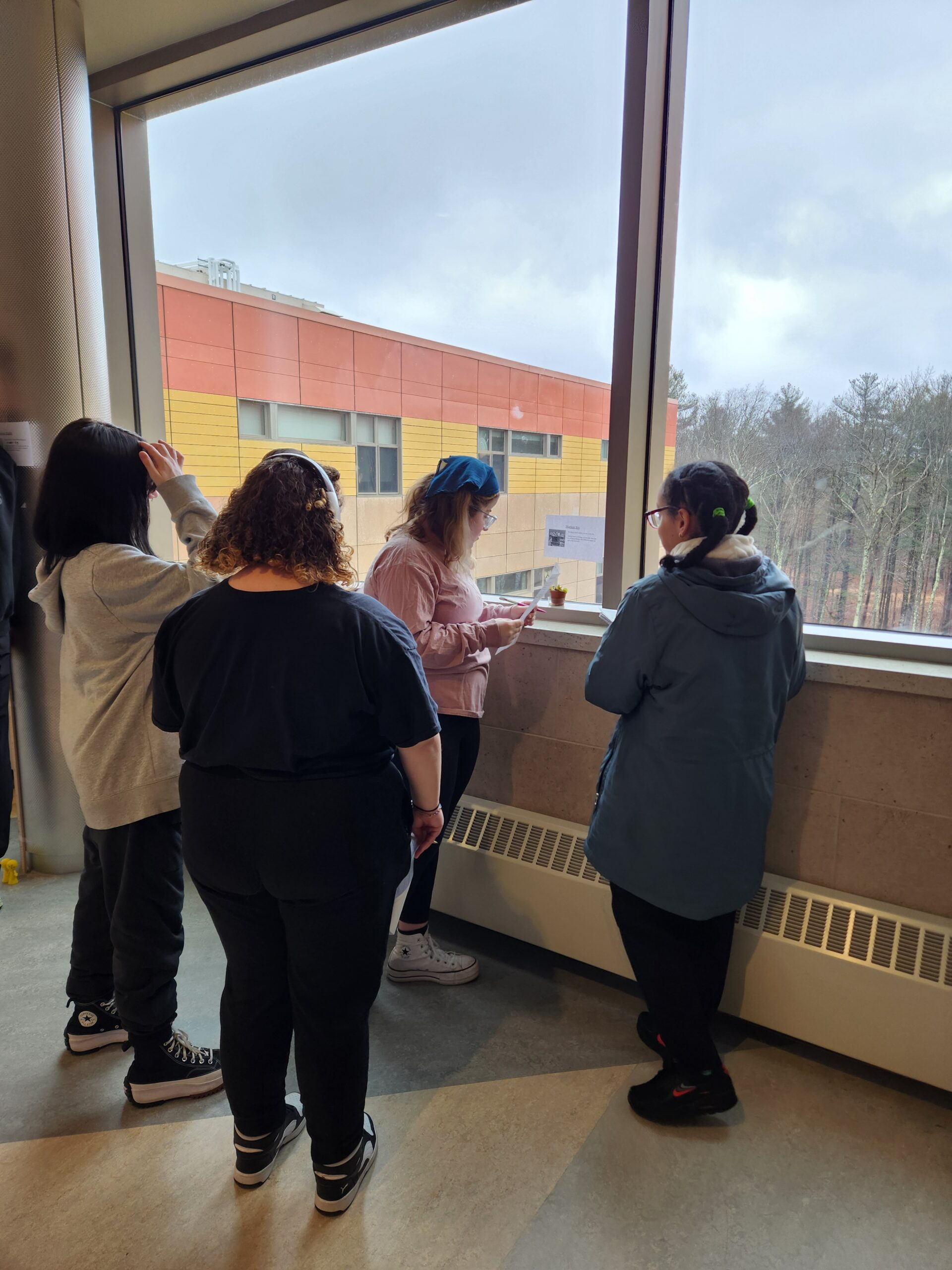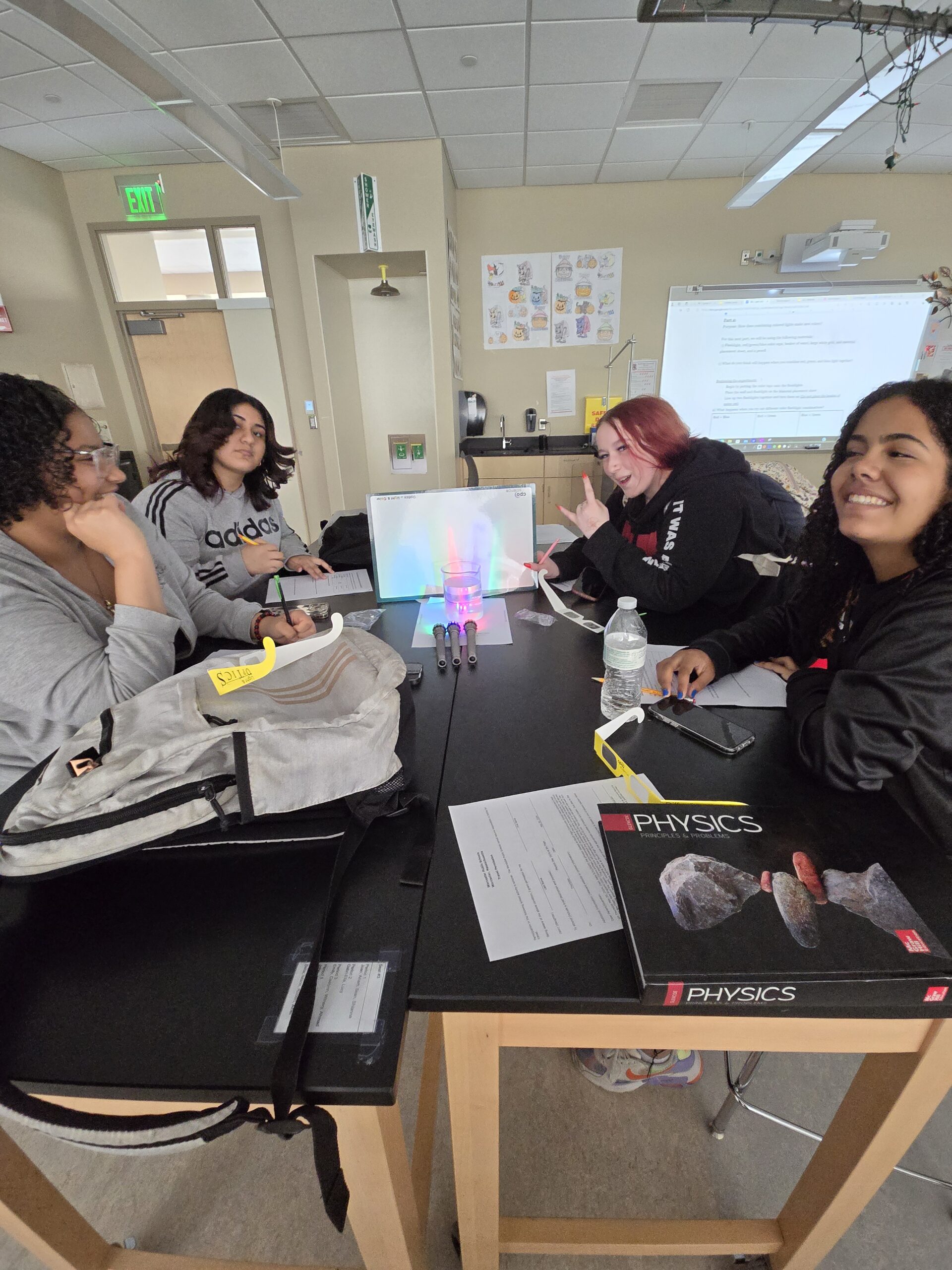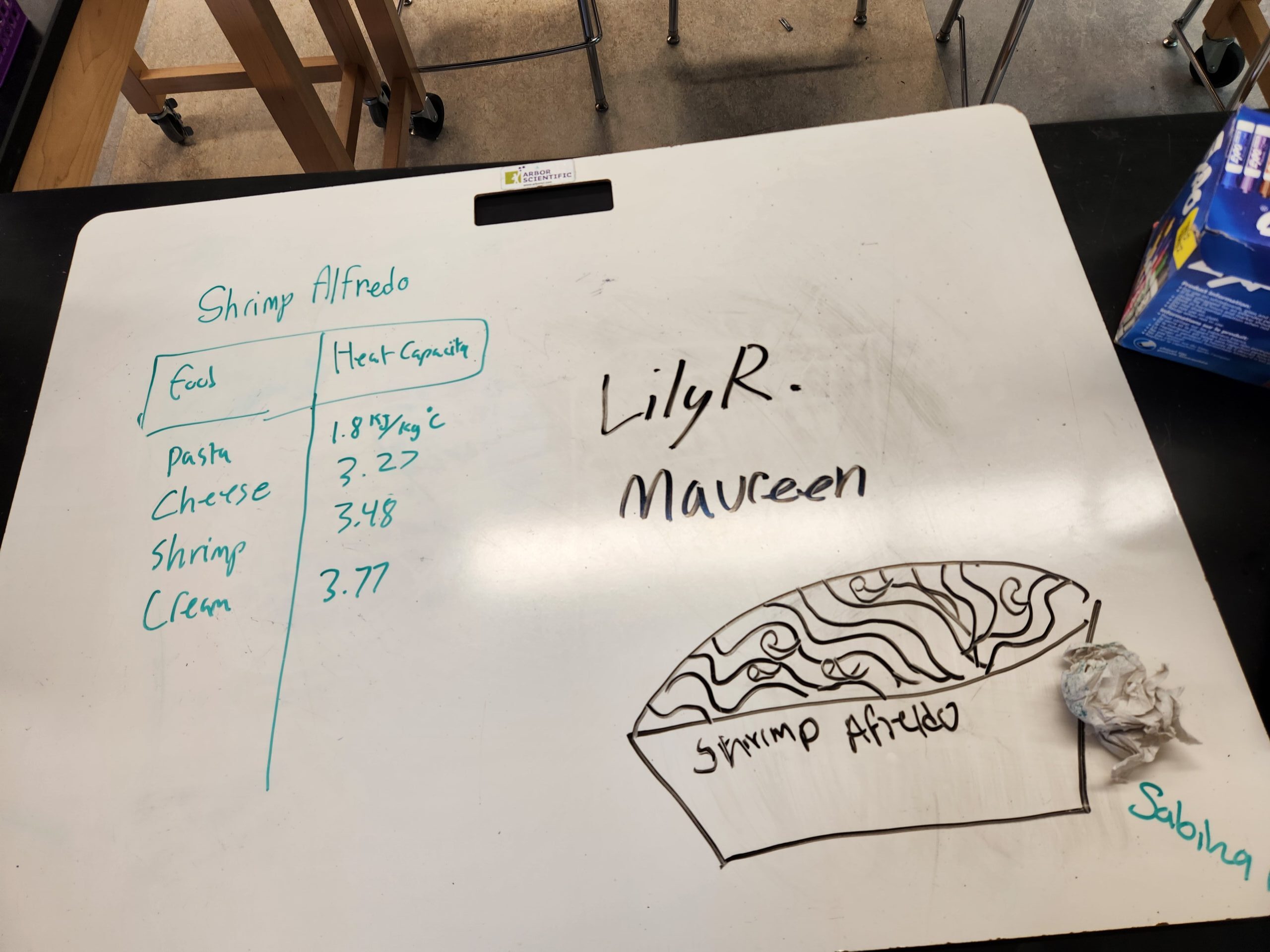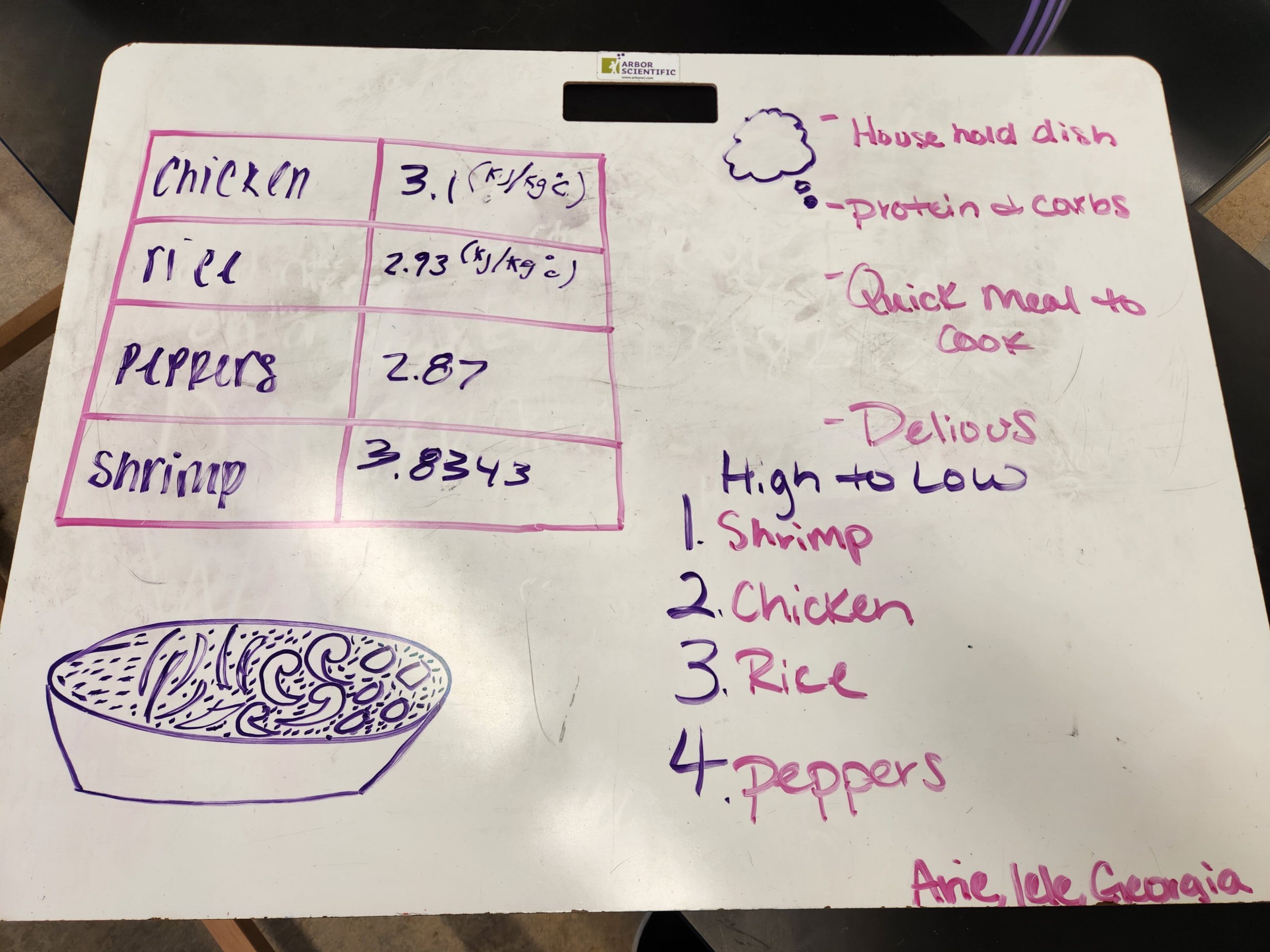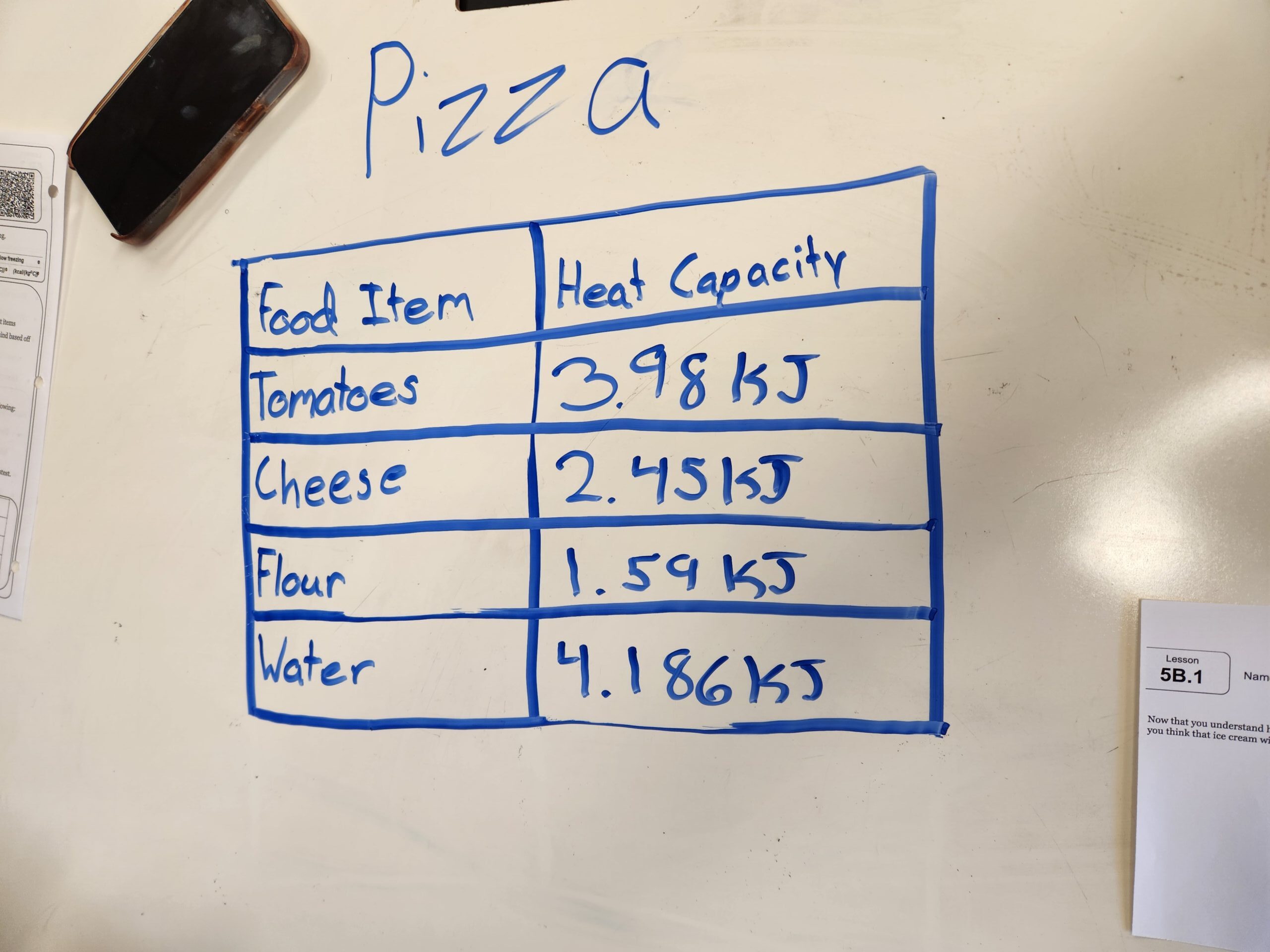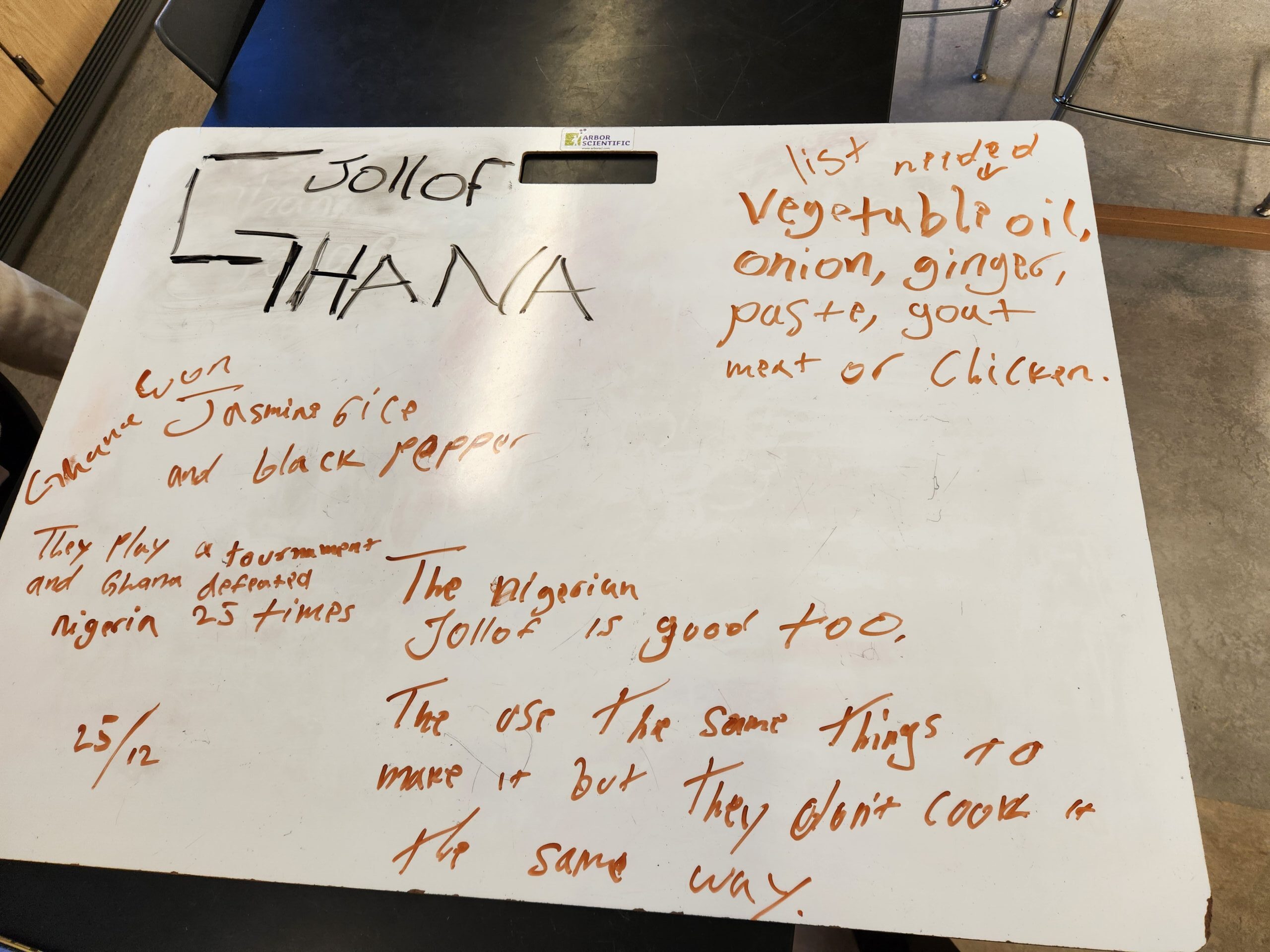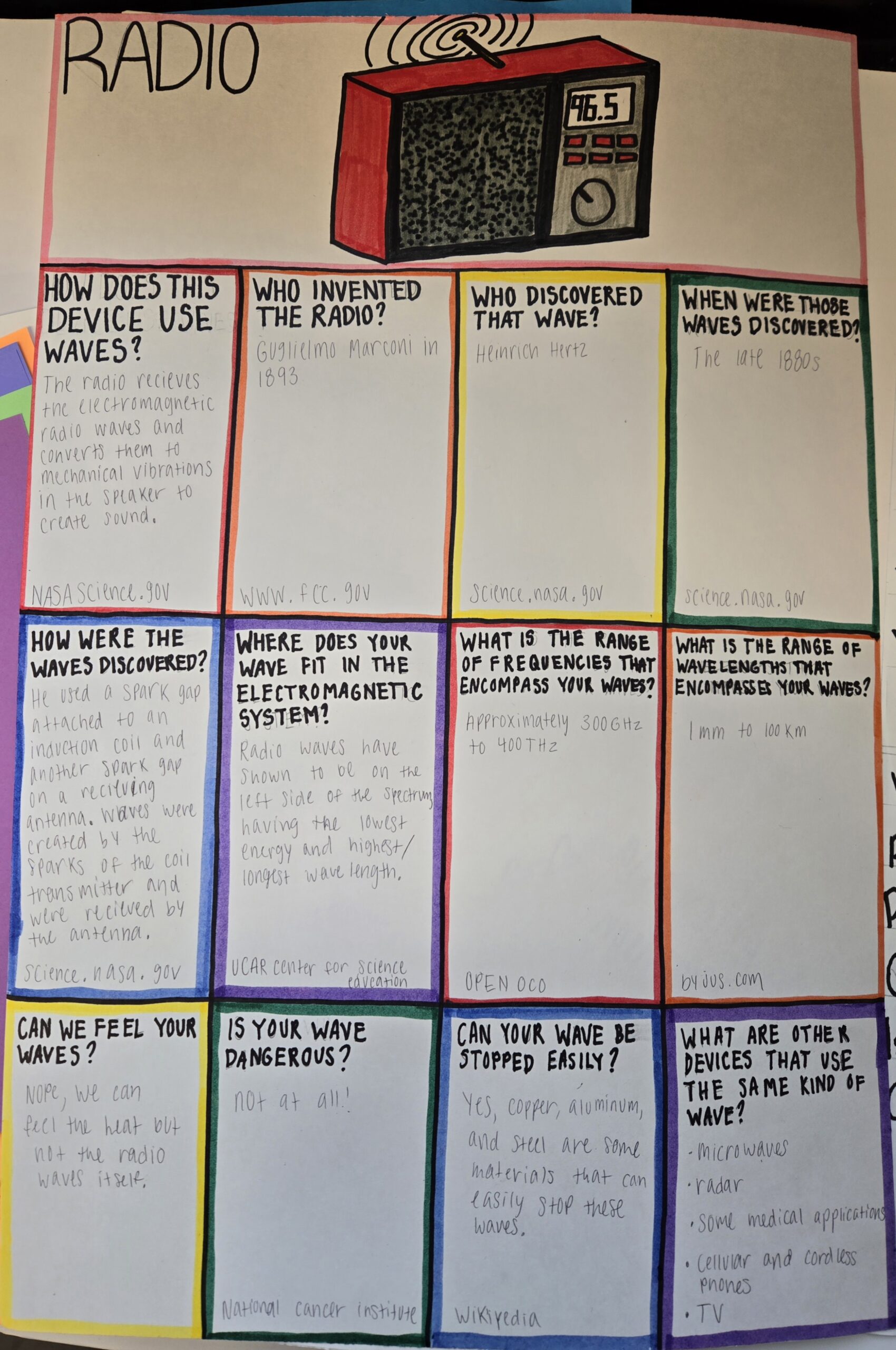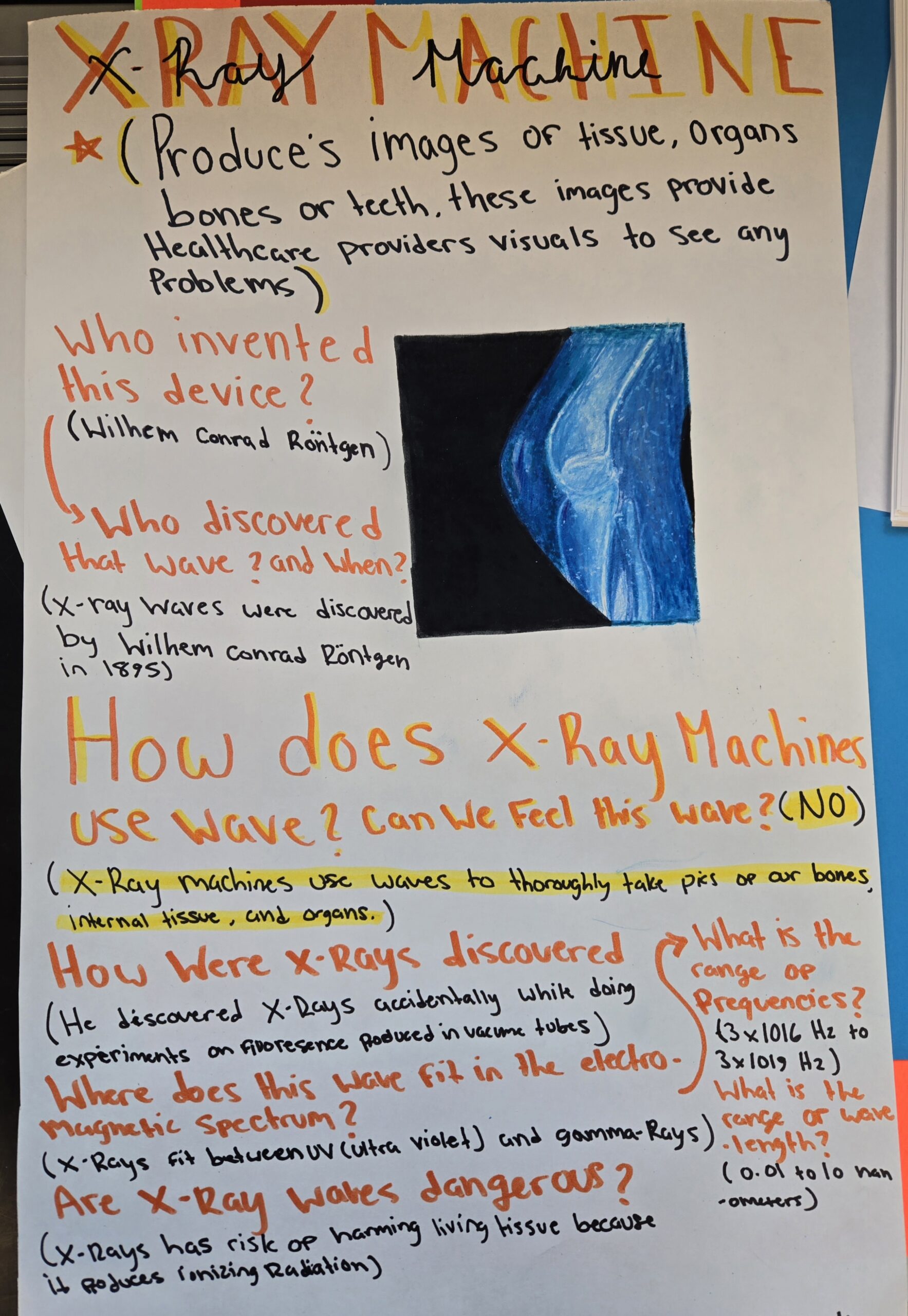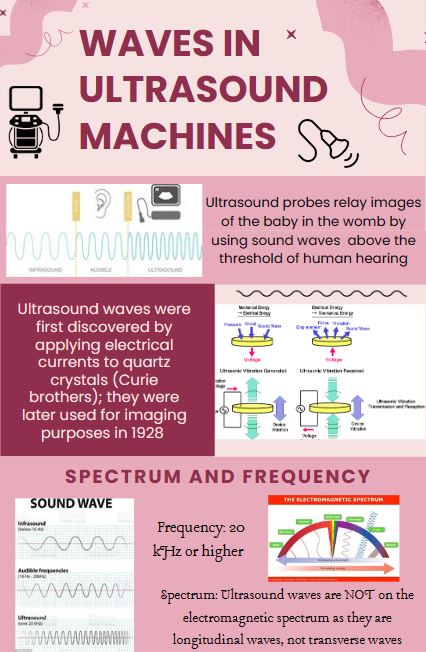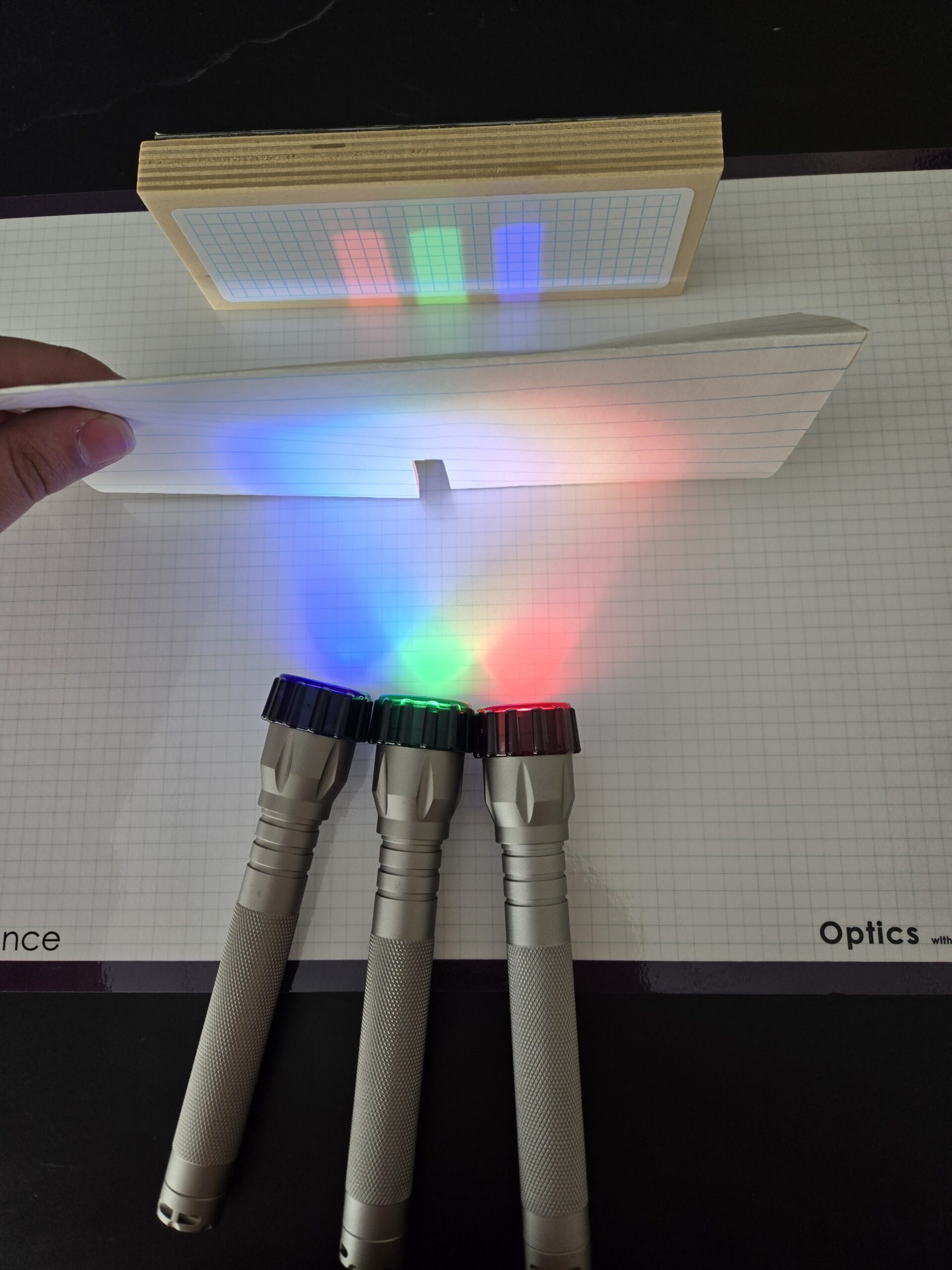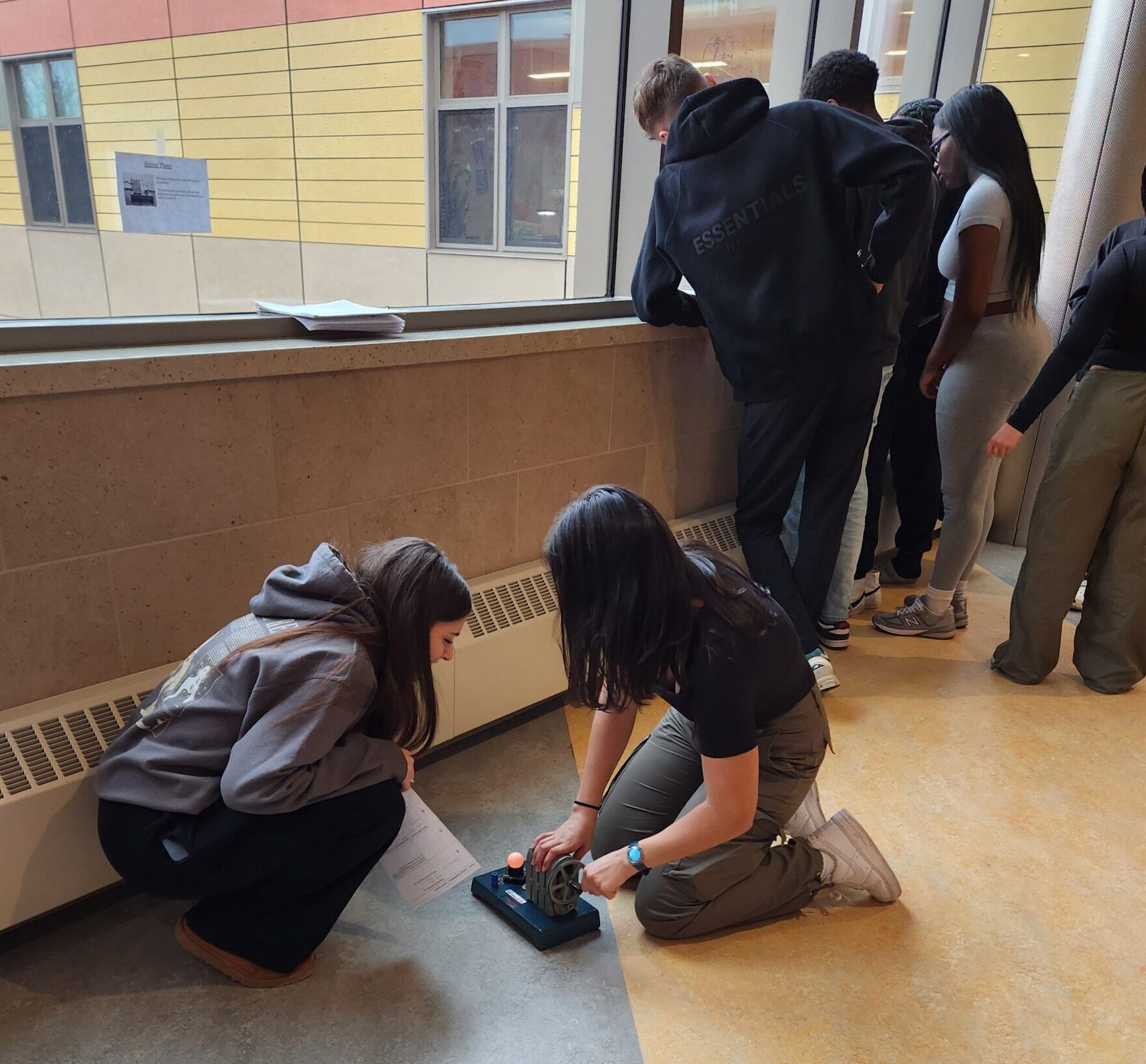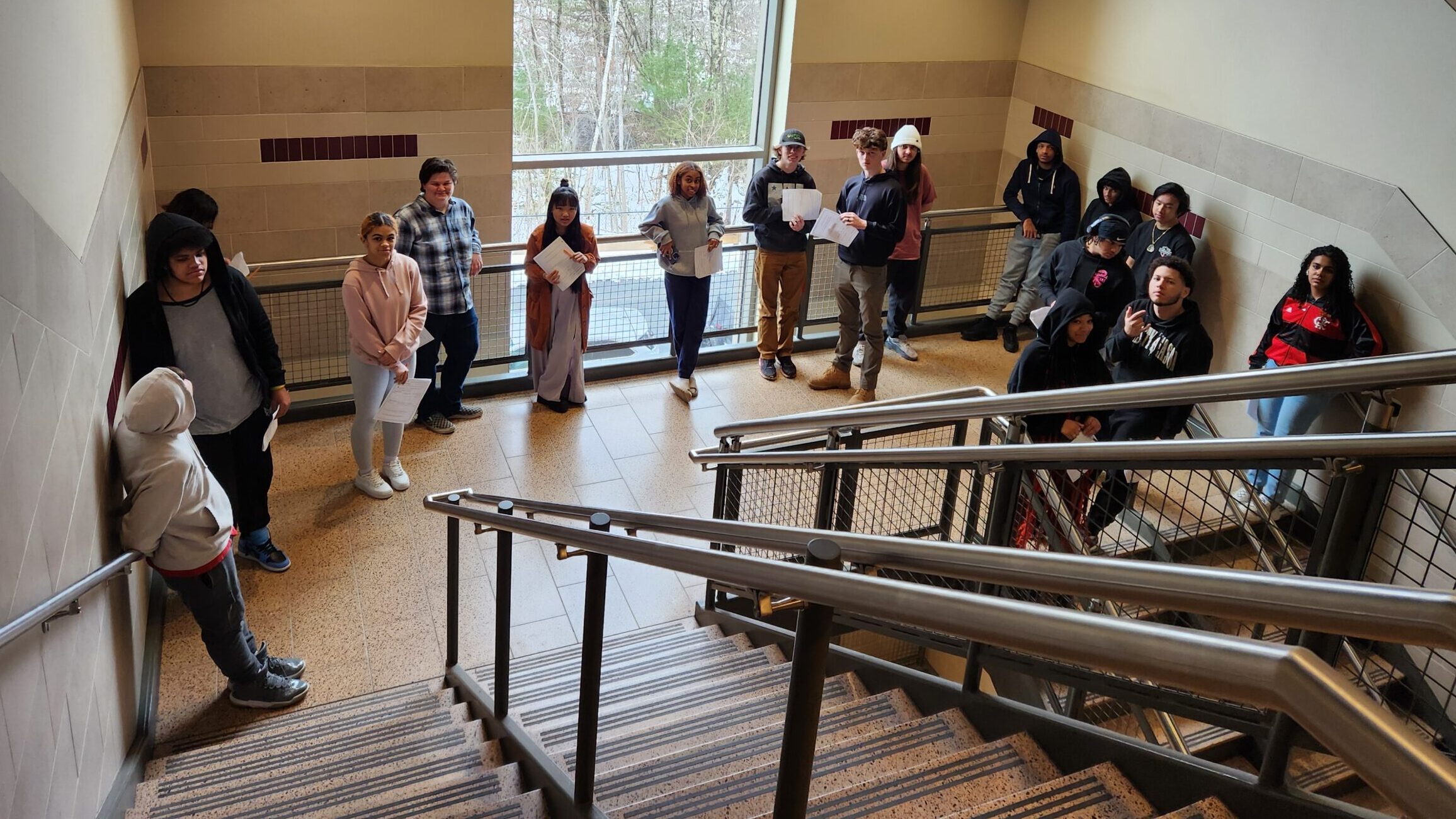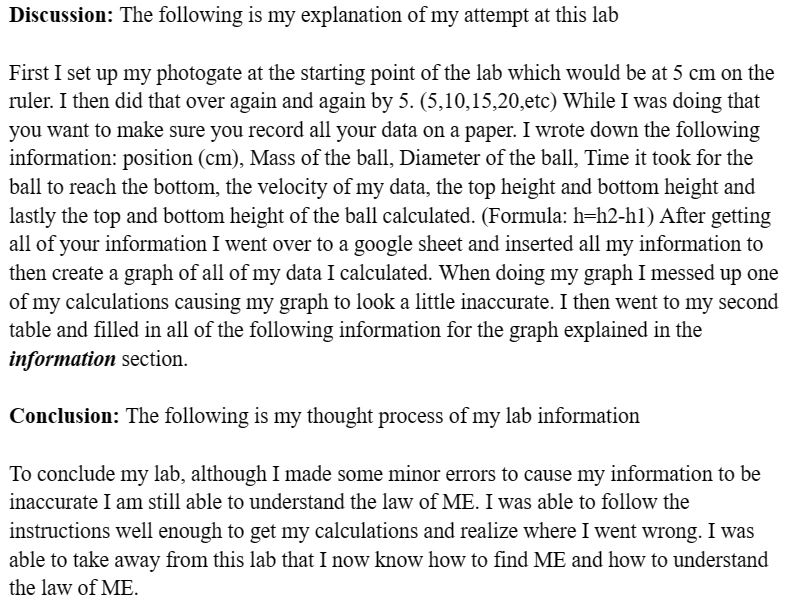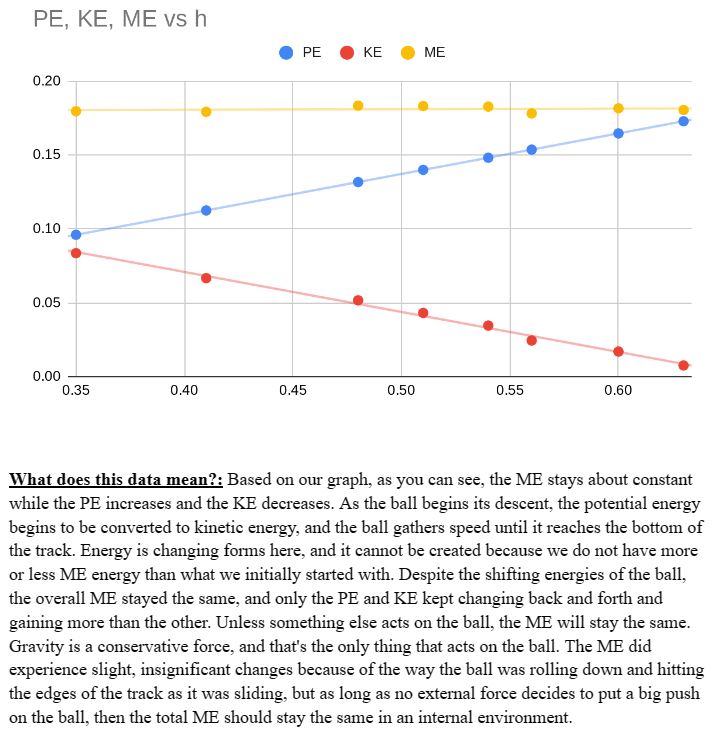1) Working together as small group and having a classroom community
This would be the 2nd year that the students are in-person after the covid lockdown. While they have already started adjusting to being in person, being able to work together in groups is an invaluable skill, from bringing multiple ideas together, dividing the work, and just the social aspect of having a kind of community within the classroom.
This was also really big for me to build as in comparison to when I started teaching, there was no classroom community. With time, the students begun forming their own groups, sharing ideas, and supporting to create a healthy community
Reflecting back, I am really happy and proud to see how things evolved and shaped over time. Given that once I tried pre-creating groups, only to have a lot of resistance, I ended up allowing students to form their own groups moving forward with real-time intervention as needed. I also never implemented assigned seating due to reasons relating to limited classroom space, thinking of each individual student holistically, and due to seeing progress overtime, it led to something I’m proud of. Overtime, I saw students moving around, forming new connections and groups, that it naturally created a classroom community where peers work together constantly, without needing to prompt them. As I listened, I saw students were finding ways to better work together, or even setting boundaries with one another. All of these will end up as skills that will prove invaluable as they continue through life.
2) Learning the Physical theoretical background behind everyday phenomenon
Physics is one science where we do see it happening in real time, every single aspect of our lives. While we can provide all of these equations, theorems, and more, a lot of value is lost if the connection to their daily lives cannot be made. So many of this can be achieve from learning how cars are designed for safety, why some food takes longer to cool, or seeing how energy is converted.
We also live in a very social and electronically involved society that uses different parts of the electromagnetic (EM) wave spectrum, but the way we use these waves vary a lot from device to device. As a way of letting the students learn about it themselves, they could choose what device they wanted to do research on and connect it back to the EM spectrum. Many students go involved in it, from doing physical posters, to slides, or digital posters on Canva! One of the options I gave was Bluetooth (such as air pods) because that same week, a student asked how they worked, and so I was excited to give them an assignment where they could actively research it.
3) How labs/experiments are done and analyzing the data
In the constant pursuit of understanding the world, we must perform experiments to analyze the data, and back up our statements. As one of Richard Feynman’s quote states, “The test of all knowledge is experiment. It is the sole judge of scientific truth.” and so, students must be able to not only conduct experiments, but back up their statements with it. Therefore, I want my students to have the experience of conducting experiments, where error will naturally show up, and analyze that data despite the error rates that shows up.
And as the students got to witness the ways in which physics interact our daily lives, they were asked to process it. There were many ways in which they could, from writing a lab report, to even making powerful statements about their surroundings. In one lab about light and color, with minimal information initially given to them, they assumed the role as physicist, making assumptions and statements like Sir Isaac Newton one did about light! In another, they learned how to a large amount of data by using graphs, while being able to see what Google Sheets is capable of doing to help them process their data.

